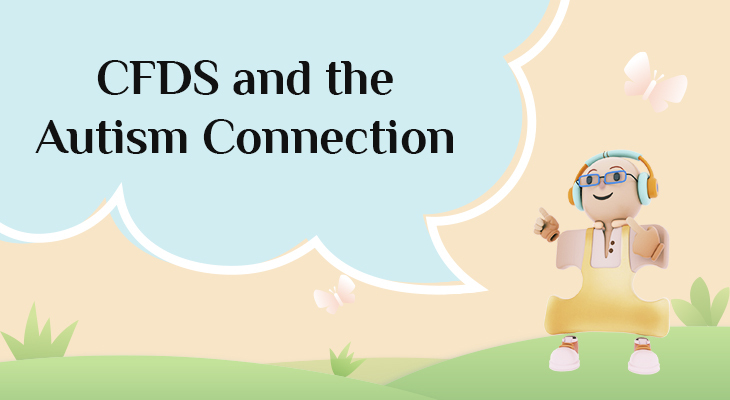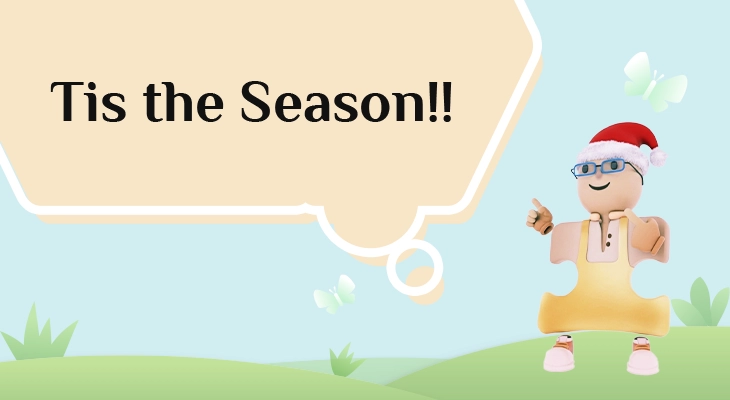
Introduction
Everyone loves to hear a great joke, and most love to tell a good joke! Humor is a fundamental aspect of human life, contributing significantly to mental, emotional, and even physical well-being. Its importance extends across multiple dimensions and its benefits are numerous.
Humor provides emotional resilience and stress relief. Laughter itself triggers the release of endorphins, which are natural mood boosters, and can reduce stress hormones like cortisol. Humor acts as a powerful coping mechanism during tough times.
It also elevates mood and can help ward off feelings of anxiety or depression. Even brief moments of laughter can have a lasting impact on emotional well-being. This has been well documented in numerous studies.
Humor also contributes to what we term social connections and bonding. Sharing a joke or a funny story helps people connect and build stronger social bonds. Laughter creates a sense of camaraderie and trust. In relationships, humor can act as a tension reliever, helping people navigate conflicts or awkward situations more smoothly.
Additionally, humor often requires seeing things from different perspectives, which fosters cognitive flexibility. This can improve problem-solving and enhance creativity. Comedy, humor and particularly satire, often involves analyzing and critiquing social or political issues, encouraging a more thoughtful engagement with the world. This also bolsters social connections.
Beyond the psychological benefits, humor also has physical benefits. Humor bolsters the immune system. Laughter has been shown to improve the immune response, which can help prevent illness. Regular laughter can also improve blood flow and contribute to a healthier heart, reducing the risk of heart disease.
Ultimately, humor can be a form of self-expression and a way to communicate unique viewpoints or personal values. It allows individuals to show vulnerability and strength at the same time.
So, how does humor relate to children with autism? Being that children with autism interpret social ques and connections differently, how does humor factor into this?
Humor plays a unique and nuanced role for children with autism, as their cognitive, social, and emotional experiences of humor may differ from neurotypical peers
Many children with autism tend to interpret language and situations more literally, which can make certain forms of humor, like sarcasm, irony, or wordplay, harder to grasp. Abstract or non-literal humor may not be as easily understood as direct, concrete jokes.
While some children with autism may struggle with humor initially, they often develop an understanding of jokes and humor over time, though at a different pace or through different styles (e.g., preferring visual humor over verbal humor). This would be termed delayed understanding.
As discussed prior, humor is often used as a way to bond and socialize. For children with autism, learning how to engage with jokes, funny situations, or playful teasing can be part of developing social communication skills. Although they might not initially engage with humor in the same way as other children, it can serve as a valuable tool for social connection when properly nurtured.
Encouraging humor can help a child with autism interact more fluidly with peers. Shared laughter over common interests or simple humor can create opportunities for social bonding.
Humor can be a coping mechanism for children with autism, helping them navigate emotional challenges or anxiety. Laughter can serve as a release of tension in moments of frustration or overstimulation. Since humor often involves reading and responding to emotions in social settings, it can help children with autism practice recognizing emotional cues in others, such as when someone is joking, being playful, or laughing.
Many children with autism find enjoyment in physical, visual humor, such as slapstick or exaggerated actions. This form of humor is often easier to understand because it is direct and doesn’t rely on complex verbal or social cues. Children with autism may also enjoy repetitive humor (e.g., knock-knock jokes) or jokes centered around their specific interests, as predictability can bring comfort and joy.
Children with autism, however, may struggle to understand sarcasm or humor that relies on subtle social cues or double meanings. These forms of humor can be confusing or seem nonsensical to them. Humor often involves unwritten social rules about timing, appropriateness, and audience. Children with autism may have a harder time navigating these nuances, which can sometimes lead to misunderstandings in social settings.
Parents, caregivers, or educators can help children with autism understand and appreciate humor by explicitly teaching the structure of jokes or playful interactions. Breaking down jokes into understandable components, explaining why something is funny, and giving examples can improve comprehension. Using visual aids or role-playing scenarios can help children with autism learn how to engage with humor in different social contexts.
It’s important to remember that autism is a spectrum, and every child may respond differently to humor. While some children may be highly receptive and engage with humor readily, others may not find it as enjoyable or might prefer different forms of play.
Incorporating humor into interactions with a child with autism can help build social bonds, improve emotional understanding, and offer a fun way to engage in learning and connection. However, patience, structure, and an understanding of the child’s unique preferences are key to fostering a positive relationship with humor.



